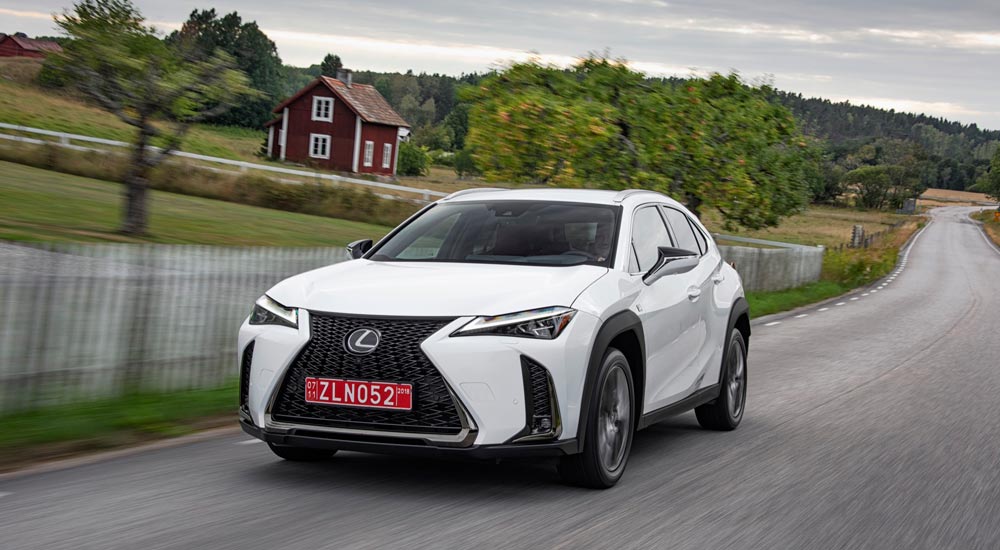For those interested in the Lexus UX F SPORT sub-compact crossover, here’s a gallery worth 36,000 words:

Posted by ![]() Kevin on August 28th, 2018
Kevin on August 28th, 2018
For those interested in the Lexus UX F SPORT sub-compact crossover, here’s a gallery worth 36,000 words:
Sorry. No data so far.

Comments